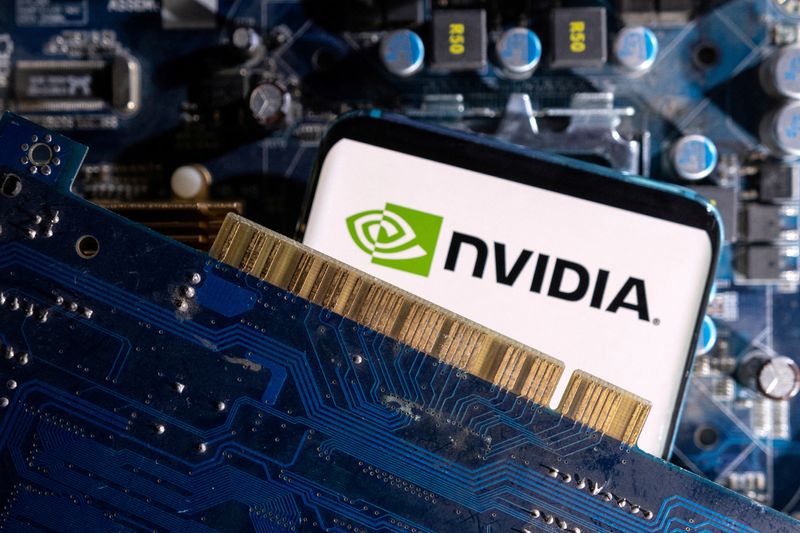Capstone Holding Corp. lowers convertible note conversion price to $1.00
SANTA CLARA, Calif. - NVIDIA (NVDA), the $2.82 trillion market cap semiconductor giant with a perfect Piotroski Score of 9 according to InvestingPro, has announced a collaboration with Microsoft to integrate neural shading support into the DirectX platform, marking a significant advancement in graphics technology. This partnership will allow developers to utilize AI Tensor Cores in NVIDIA GeForce RTX GPUs, aiming to improve gaming experiences by increasing frame rates, enhancing image quality, and reducing system resource demands.
Starting in April, Microsoft will introduce cooperative vector support to DirectX and HLSL, a move that is poised to reshape the future of graphics programming. With NVIDIA’s impressive 114.2% revenue growth over the last twelve months, Shawn Hargreaves, Direct3D development manager at Microsoft, highlighted the potential for neural rendering to become widespread in the gaming industry, facilitated by the access to Tensor Cores on NVIDIA RTX.
In a related development, NVIDIA’s RTX Kit, which includes neural rendering technologies for game developers, will now support Unreal Engine 5 with updates to its RTX Mega Geometry and RTX Hair features. These enhancements will allow for the creation of highly detailed open worlds and more realistic digital humans in games.
The open-source platform NVIDIA RTX Remix has also been officially released, enabling modders to produce remastered versions of classic games with state-of-the-art graphics. A new Half-Life 2 RTX demo, showcasing the latest neural rendering improvements, will be available on Tuesday, showcasing the capabilities of RTX Remix and featuring full ray tracing and other advanced technologies.
Celebrating another milestone, NVIDIA has reached over 100 games and apps that now support DLSS 4, a technology that significantly boosts performance on GeForce RTX 50 Series graphics cards and laptops. This rapid adoption has made DLSS 4 the fastest-adopted NVIDIA game technology to date.
NVIDIA, recognized as a leader in accelerated computing, has emphasized that the statements regarding the benefits and performance of its products and technologies are forward-looking and subject to various risks and uncertainties. This announcement is based on a press release statement from NVIDIA.
In other recent news, Nvidia has captured investor attention with several developments. The company is set to host its GPU Technology Conference (GTC), where updates on its Blackwell Ultra and Rubin processors are expected. This event is generating significant interest as it could provide insights into Nvidia’s future in high-tech industries. BofA Securities and Citi have maintained their Buy ratings on Nvidia, with price targets of $200 and $163, respectively, underscoring the stock’s attractive valuation. Citi analysts also noted that Nvidia’s exposure to AI diffusion rules in China and Singapore has been addressed, though uncertainties around AI restrictions and tariffs remain.
Additionally, Nvidia has implemented a new Variable Compensation Plan for Fiscal Year 2026, linking executive pay to specific performance goals, particularly revenue targets. This move aligns executive interests with shareholder expectations. In the broader market, Nvidia led premarket gains among the Magnificent Seven stocks, buoyed by Broadcom’s optimistic AI chip production forecast. Such developments are pivotal as Nvidia continues to navigate the evolving landscape of AI and computing technologies.
This article was generated with the support of AI and reviewed by an editor. For more information see our T&C.
